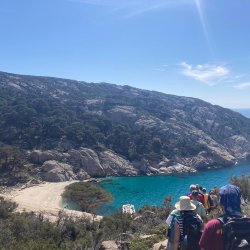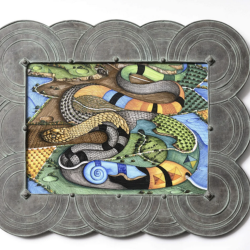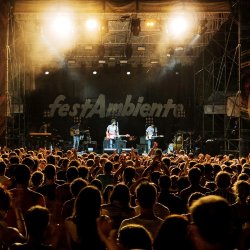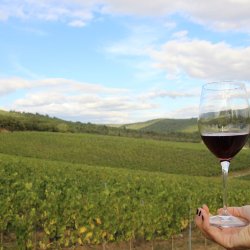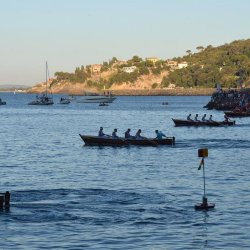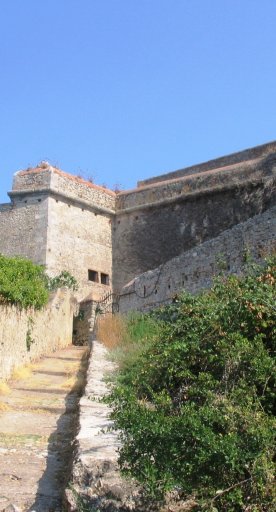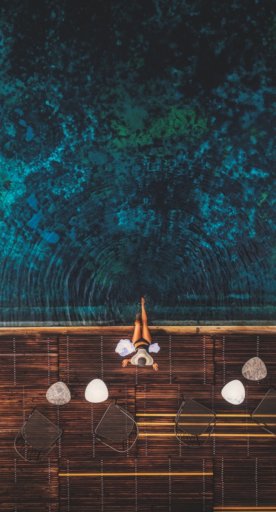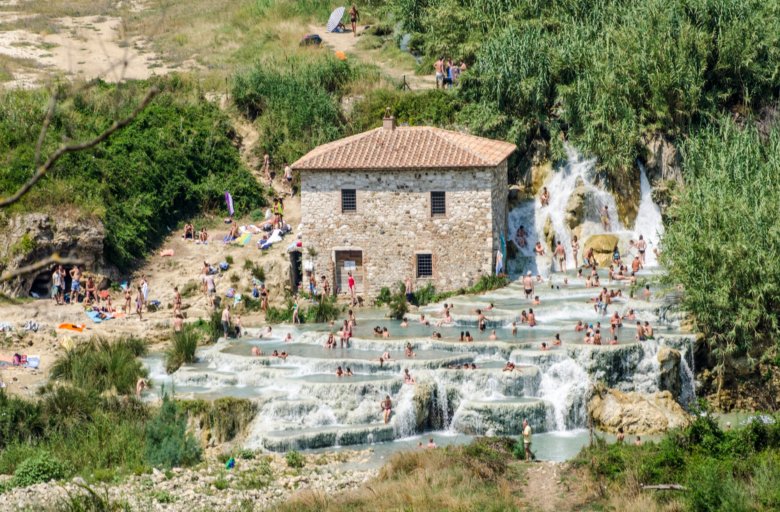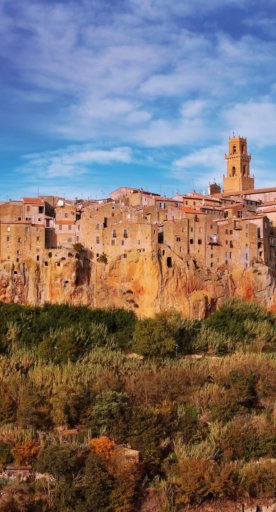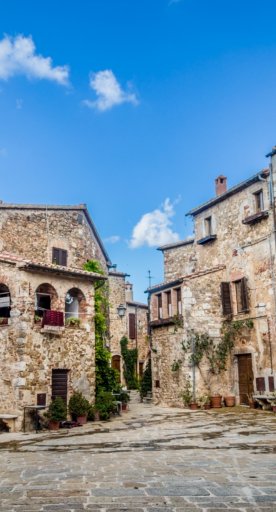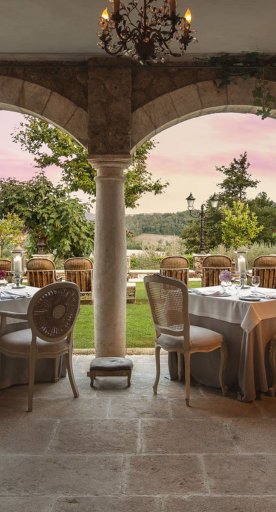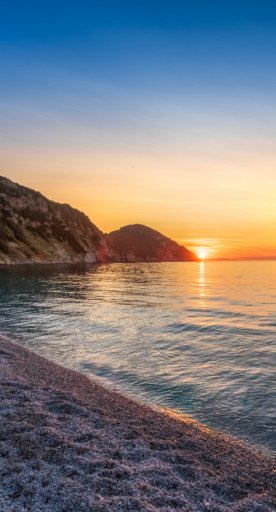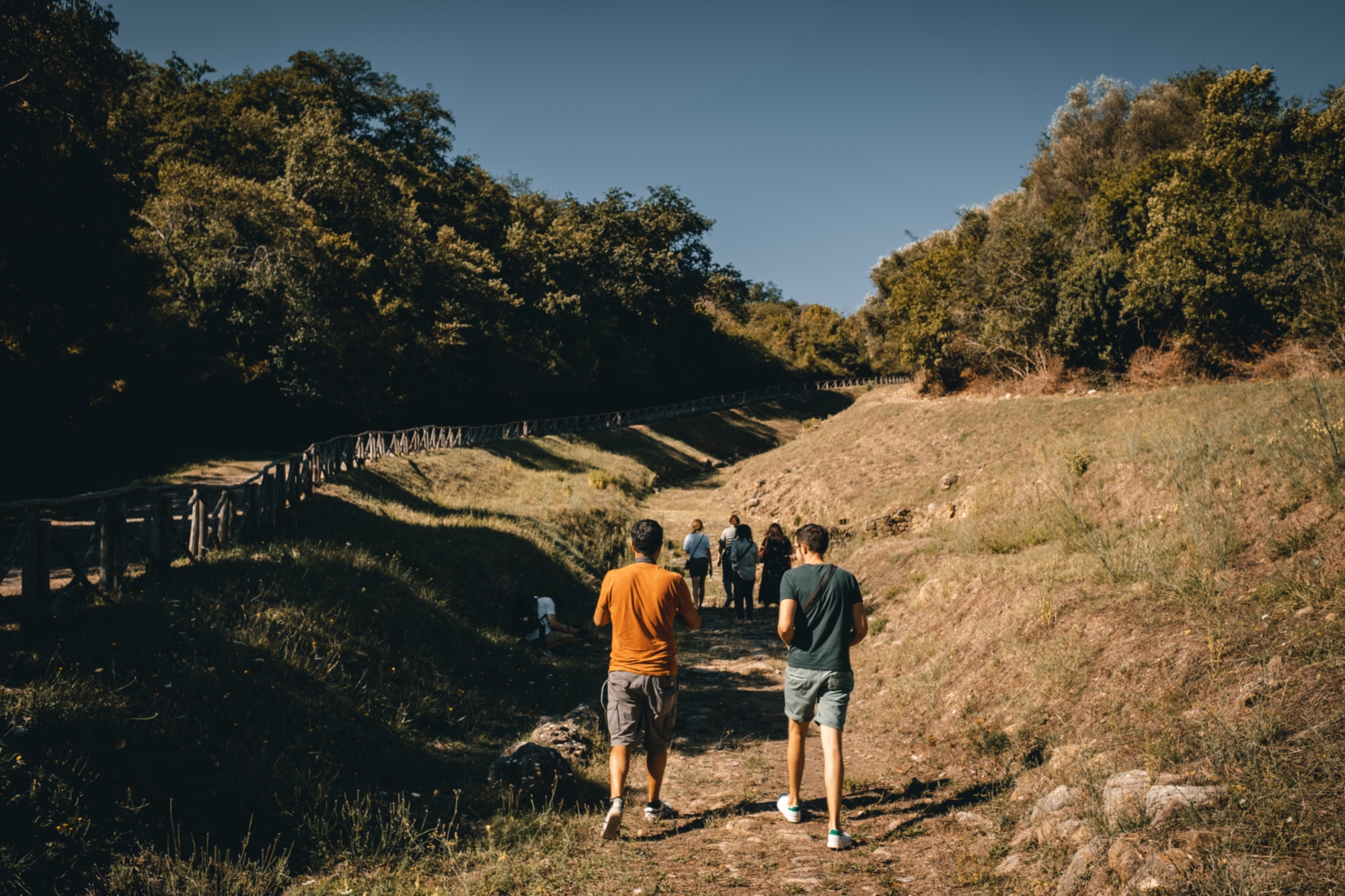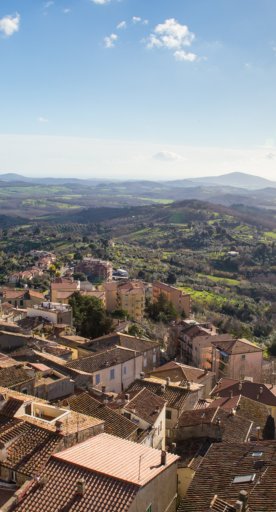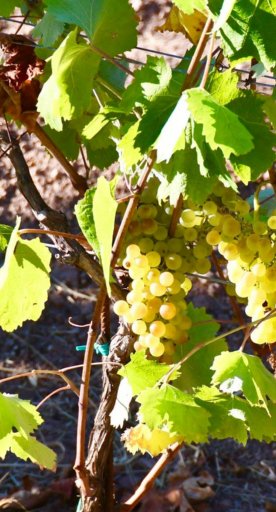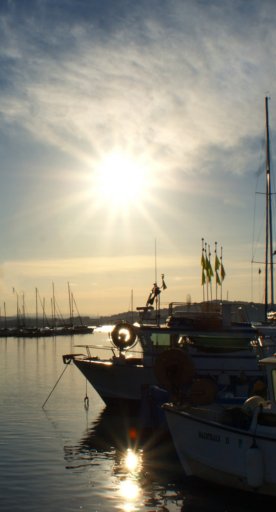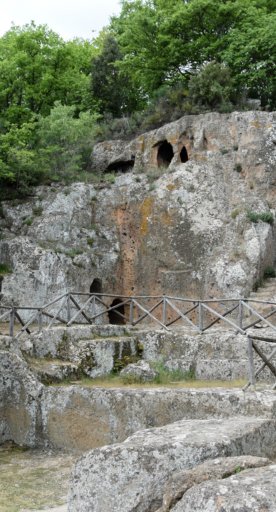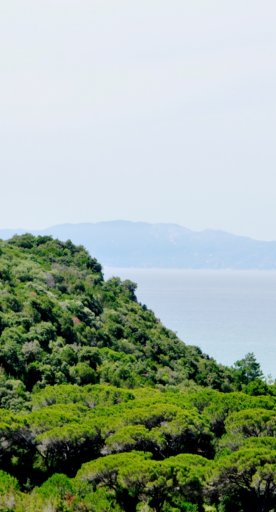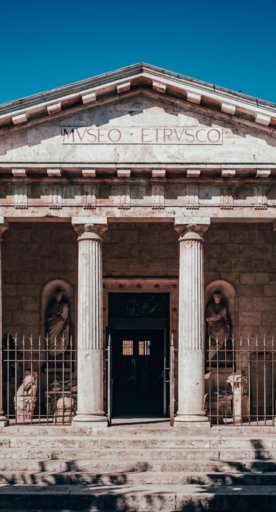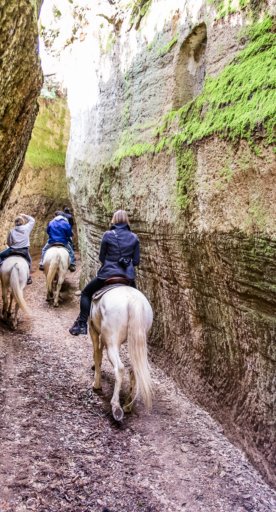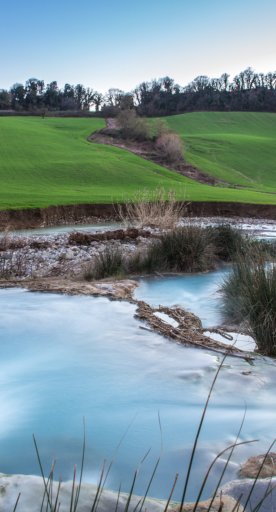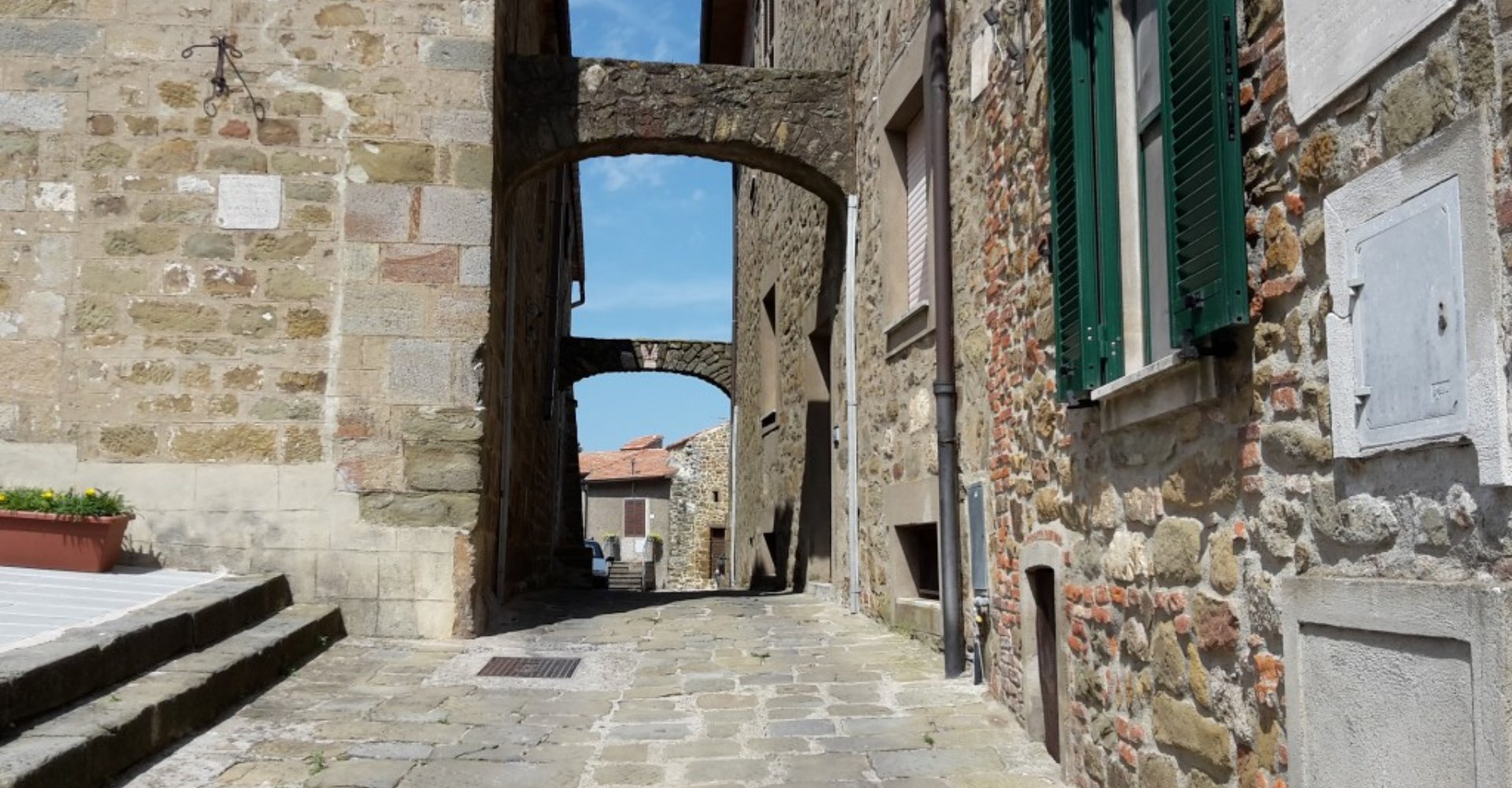
Vetulonia: land, sea and art
Exploring the ancient Etruscan maritime village
While strolling through the small village of Vetulonia, you can’t help but notice the incredible views of the Castiglionese and Grossetana plains: a landscape of timeless charm with ancient origins. The "Diaccia Botrona," a natural reserve, remains both symbol and proof of the deep link between Vetulonia and the sea, a wetland located where Lake Prile was found in Etruscan times. The image of Vetulonia as a maritime city is further cemented on its coins, with sea symbols present on sextans and ounces, including tridents, anchors, dolphins and the personification of Vetulonia (Vetulonenses), represented as a naked man leaning on a pine tree and with an oar on his shoulder.
-
1.Princes and Captains
-
2.Vetulonia and its ancient Necropolis
-
3.The past becomes the future
Princes and Captains
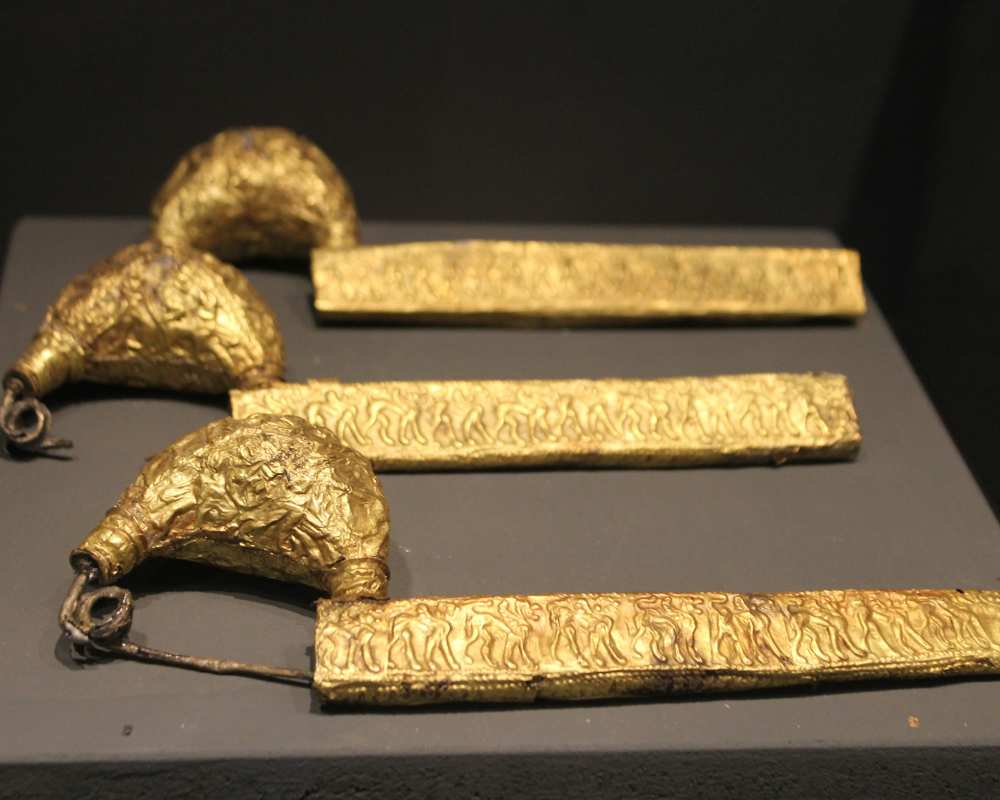
Vetulonia was a great maritime city, which boasted its own harbor, minted its own money and traded with many cities to the east and in Greece. After being skillfully crafted by local craftsmen, the metals from the “Lago dell’Accesa” area and metalliferous hills were shipped for trade in faraway regions. In Vetulonia, locally mined metals, amber (a fossil resin merchants brought from northern countries) and gold were fashioned. The talent and skill of Vetulonia’s goldsmiths and bronze artists was astounding, who created the likes of embossed gold leaves with intricate details and jewels decorated with the so-called pulviscolo (dust) technique. To make these tiny treasures, miniscule gold spheres were applied on all kinds of surfaces (even curved ones) for drawing plants, animals and human figures.
The stunning bronze horse-harnesses, shields, greaves and helmets are of equal importance. Huge bowls were also crafted, generally used for cooking - large in size and beautifully decorated. These objects also reflected the prominence of their owner, especially in funerary rites. Vetulonia was not a small, isolated village in the Mediterranean woodlands, but rather an important city, a metropolis with a high social class composed of princes and renowned officers, as evidenced by the many artifacts found in the curious circular burial chambers. This city somewhat vanished in medieval times; it wasn’t until a local doctor and archaeology buff set out to find the remains of the lost Etruscan city and restituted its name.
Vetulonia and its ancient Necropolis
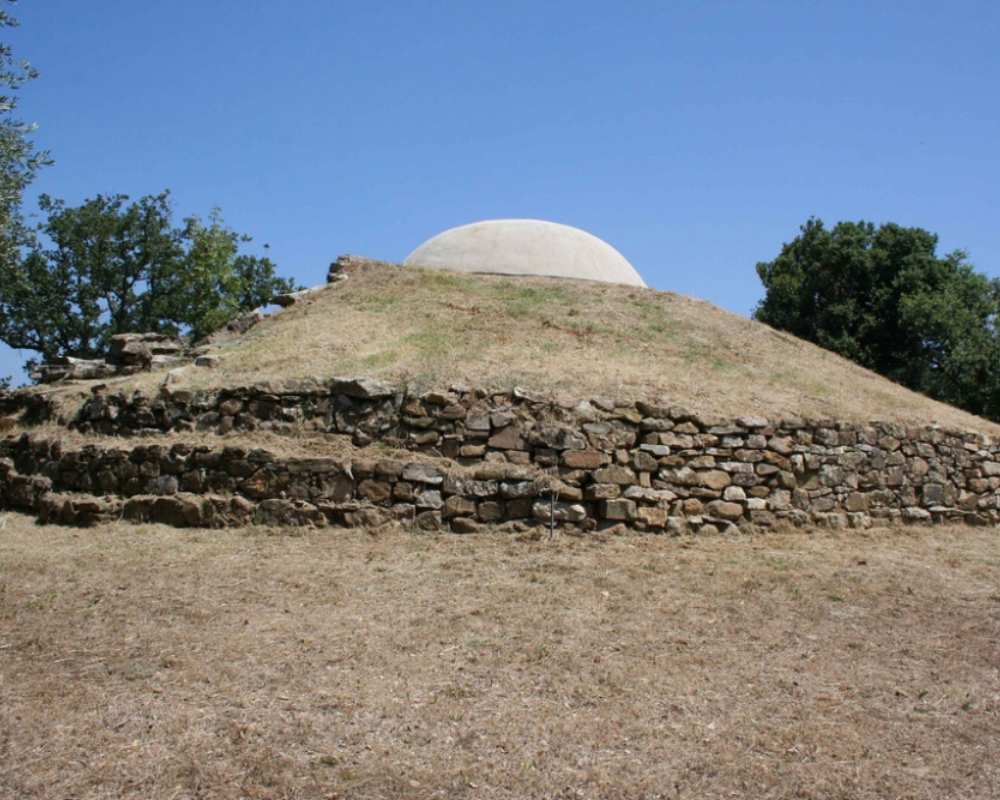
Tombs have been the greatest source for uncovering Vetulonia’s history. The Etruscans here built their necropolis in beautiful places on the slopes of nearby hills, tombs that unveil the city’s ancient origins, such as the Villanovan pit graves at Poggio alla Guardia, with their double-cone and hut-shaped cinerary urns. On the slope overlooking Montepescali, you’ll find continuous circles of white stones, invisible to an untrained eye, but home to the richest grave treasures, including the “Tomba del Duce” housing the famed bundle, a silver cinerary urn and great bronze bowls from northern Syria. The great tholos grave, which despite being plundered gave light to important remains, such as the “Tomba della Pietrera” housing the first all-round sculptures, the “Tomba del Diavolino” and the tomb of the gold fibula, with jewels wrought with the pulviscolo technique. Last but not least, Poggio Pelliccia remains an impressive space, located near the Giuncarico railway station and filled with buccheri vases, Italo-Corinthian pottery and the famous fragments of a historiated ostrich egg.
The past becomes the future
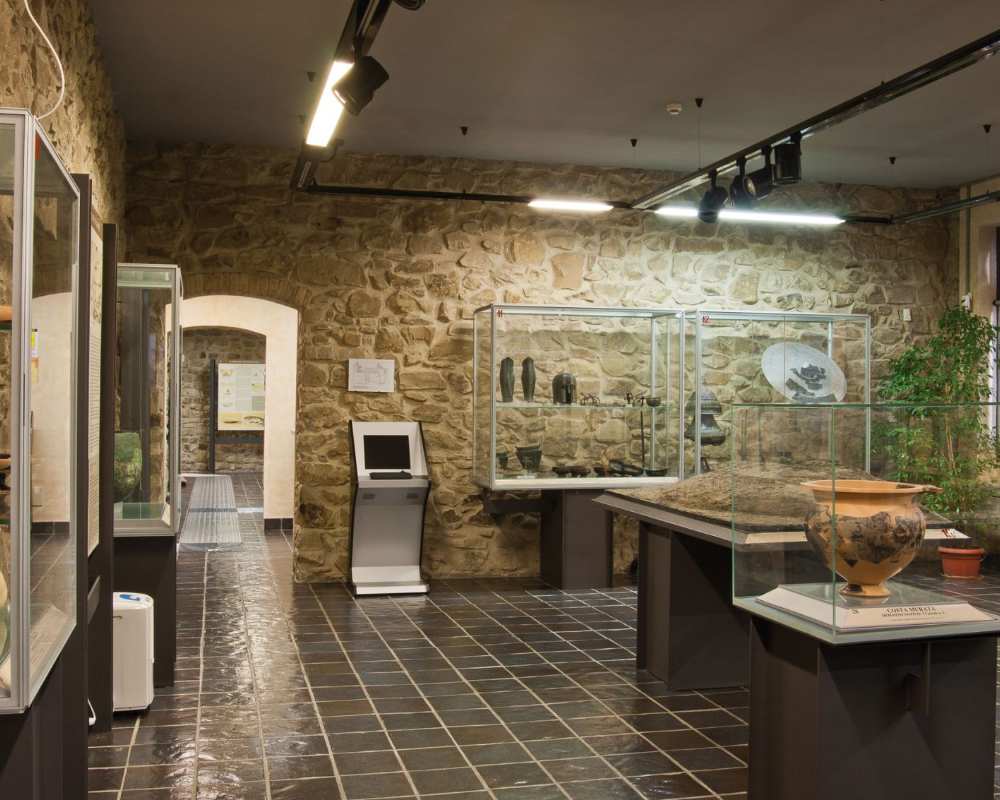
Discovering Vetulonia is still a work in progress. Over the last few years, digs have focused primarily on the ancient settlement and the Hellenistic quarter of Poggiarello Renzetti, situated immediately before entering the village. Streets characterize the area, the main Decuman (the old road leading to the village) and other side streets, which feature shops and various Domus, or merchants’ homes. Among these residences, modern excavations first unearthed the “Domus of Medea,” with friezes featuring Jason and Medea’s myth now exhibited in the Isidoro Falchi Museum. In 2009, archeologists unearthed “Domus dei Dolia,” named after the large jars (Dolia) found in its rooms standing next to amphore for wine and oil.
This large, imposing Domus, houses at least eight rooms. These new excavations, carried out thanks to the Municipality of Castiglione della Pescaia, the Director of the Museum of Vetulonia and volunteers, are proof of the town’s intellectual liveliness, capable of enriching its offerings and exploring its history to offer tourists an informative and emotional visit. Your senses will be stirred and awakened (the Museum is also among the first in Italy to offer tactile paths), as visitors can journey through the magical world of the Etruscans, exploring their lifestyle, the mysterious Cult of the Dead, their artwork and the history of these important ancestors.
Guest post provided by 4th tourism class of V. Fossombroni.
